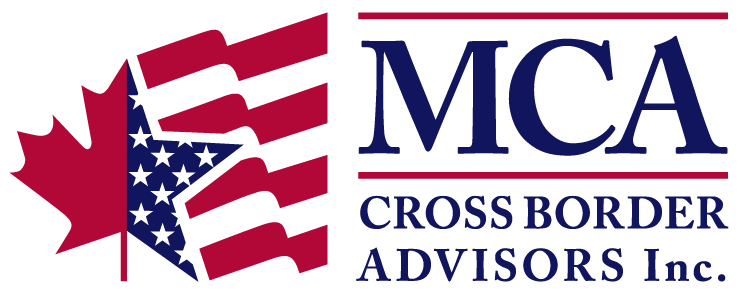It’s wintertime! And as you shovel your car out of a snowbank, I’m sure you’ve fantasized about moving down south and leaving this cold, Canadian weather behind. One important factor you should be aware of prior to packing up and moving away is the departure tax you incur upon your exit from Canada. By doing some advance planning prior to moving, you may be able to minimize or defer departure tax.
What is Departure Tax?
According to the Canada Revenue Agency (CRA), you are deemed to have disposed of all your assets and then reacquired them at their fair market value as of the date that you leave Canada (also known as your Tax Exit Date). You are then subject to pay taxes on these assets based on the aggregate capital gain incurred from the disposition – Canada’s last attempt at shaking you down for more taxes.
Which Assets are Subject to Departure Tax?
Assets that are held in Non-Registered accounts such as stocks (both public and private), mutual funds, and Exchange Traded Funds (ETFs) are all subject to departure tax, as are real estate situated outside of Canada, foreign trusts, and personal property, if it has appreciated in value.
Which Assets are Exempt from Departure Tax?
Lucky for you, not every asset is subject to departure tax. Retirement Savings Plans such as RRSPs and RRIFs are not subject to departure tax, and neither is Canadian real estate.
Your Tax-Free Savings Account (TFSA) is also exempt from departure tax; however, TFSAs are recognized by the IRS as “Foreign Trusts”; as such, any U.S. person who owns a TFSA in Canada is subject to several filing requirements and is taxed by the IRS on the income and gains generated within the TFSA. It is thus recommended that you liquidate and close your TFSA prior to your Tax Exit Date.
Employee benefits, as well as pensions and stock option rights, are also exempt from departure tax.
Filing Requirements
You are not liable for departure tax until the April following your Tax Exit Date, when you file your Exit Tax Return, which is your last T1 tax return to the CRA (pending any future employment income received from Canadian sources or through selling Canadian property). Along with your T1, you will be required to file a T1161 (which is a listing of assets owned on emigrations) and a T1243 (which reflects the deemed disposition).
Advance Planning
Determining your departure tax exposure prior to exiting Canada is the best way to minimize the impact of this tax. There are strategies available that can be tailored to your unique situation if you plan in advance by working with a cross-border financial planner.
If you are considering a move to the US, please contact us for more information on departure tax or any other cross-border issues you may have.
[su_button size=”6″ url=”https://mcacrossborder.com//consultation/” background=”#10155e”]Request a Consultation[/su_button]
——–
MCA Cross Border Advisors, Inc. is a registered investment adviser. Information presented is for educational purposes only and does not intend to make an offer or solicitation for the sale or purchase of any specific securities, investments, or investment strategies. Investments involve risk and, unless otherwise stated, are not guaranteed. Be sure to first consult with a qualified financial adviser and/or tax professional before implementing any strategy discussed herein. Past performance is not indicative of future performance.

